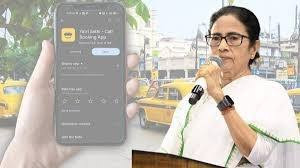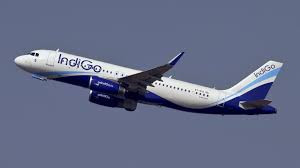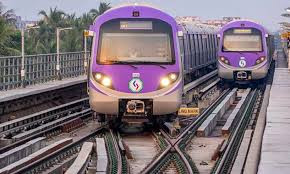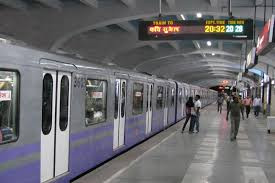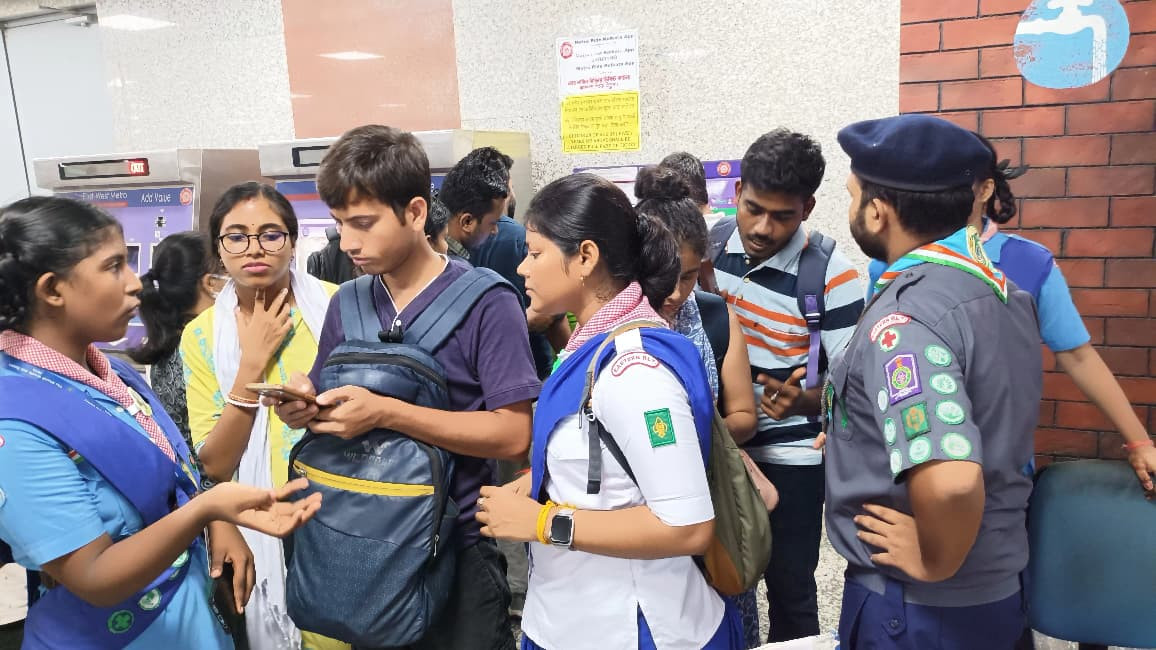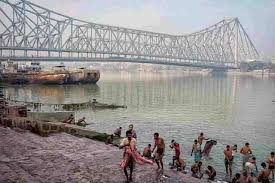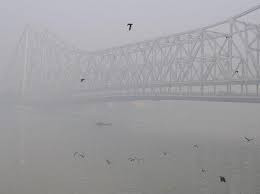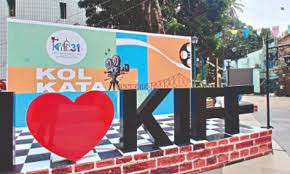Commuters cheer as Kolkata Metro’s Yellow and Orange lines begin commercial service
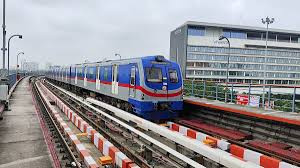
IIE DIGITAL DESK : Kolkata woke to a festive, relieved bustle on the morning commercial services began on the newly opened stretches of the Yellow and Orange lines, an expansion formally inaugurated by Prime Minister Narendra Modi days earlier and rolled out for passengers on August 26. Long queues formed at ticket counters and platforms as workers, students and frequent flyers seized the chance to test routes that promise big cuts in travel time, especially for those travelling to and from the airport.
For many daily travellers the new connectivity is not merely convenient but transformative. Commuters from fringe suburbs such as Howrah reported halving their previous journey times to airport-adjacent workplaces, replacing unpredictable road travel that could take up to two hours with a reliably faster metro trip. For professionals who fly frequently, the Yellow Line’s airport link is already being hailed as a more affordable alternative to expensive app-based cabs, trimming what used to be steep last-mile fares and offering predictable schedules that sync with morning office and flight timings.
Operational details underline the system’s initial cadence: the 4.39-km Orange Line stretch will run 60 revenue services on weekdays, with trains every 25 minutes beginning early morning and ending in the evening, while the Yellow Line linking Noapara and Jai Hind Biman Bandar (the airport) is scheduled for about 120 weekday services at intervals of roughly 10–15 minutes. Both new sections will not operate commercial services on Saturdays and Sundays during this phase, as planners assess demand and iron out initial operational issues.
The Green Line’s recently opened Sealdah–Esplanade corridor also saw its first Monday of full commercial operations, adding to the day’s sense that Kolkata’s metro network is expanding into a genuinely multi-line system rather than a handful of isolated corridors. Commuters at stations such as Beleghata and Hemanta Mukhopadhyay described a palpable excitement: some came for practical reasons, others for the novelty of the city’s newest public-transport option, but many emphasised the long-term benefit of reliable, rain-resilient travel in a city frequently disrupted by heavy monsoon showers.
Beyond immediate comfort and cost savings, the new services carry broader urban implications. Faster airport access strengthens Kolkata’s connectivity for business and tourism while the incremental expansion of metro options can ease pressure on road networks, reduce emissions from private vehicles and re-shape commuting patterns across suburbs and employment hubs. Implementation challenges remain — from maintaining punctuality to scaling weekend services — but the opening day’s scenes of relief and optimism suggest the city’s long-awaited shift toward integrated mass transit has taken an important, visible step forward.
You might also like!


